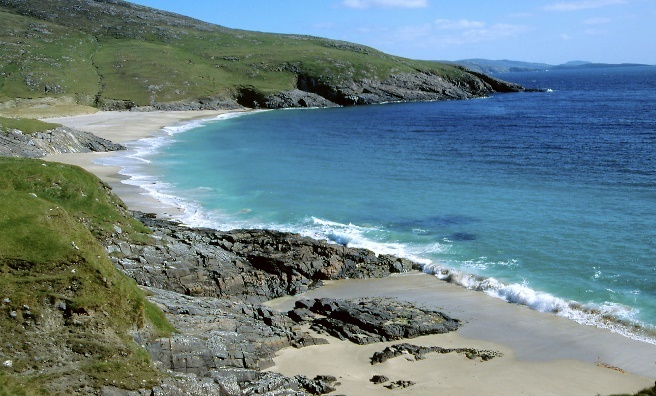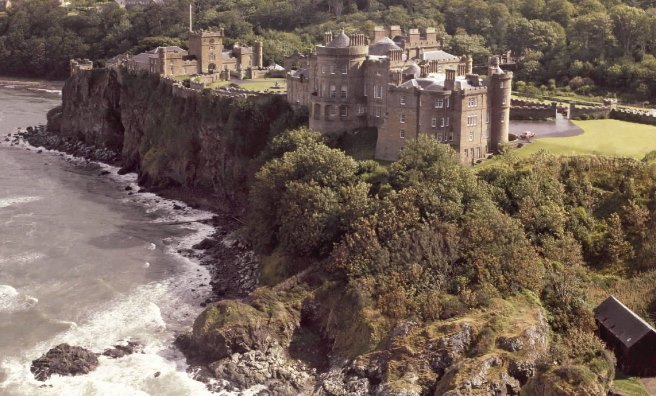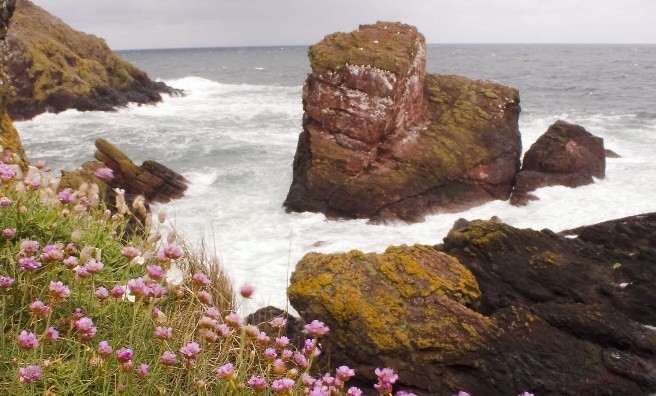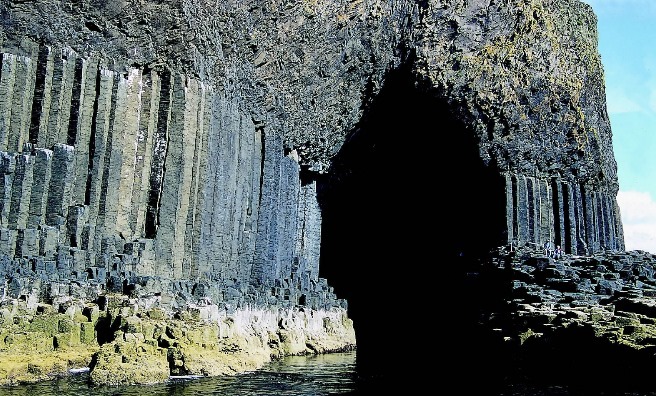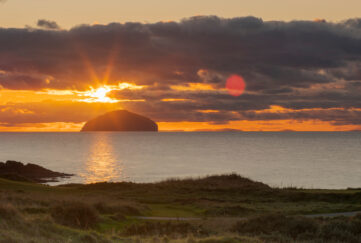The Sounds of Our Shores
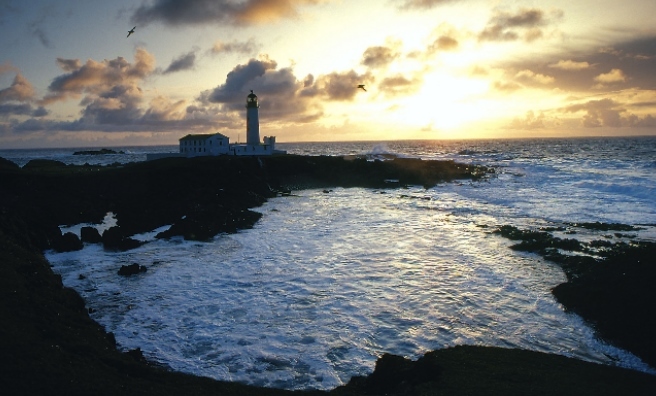
The National Trust, National Trust for Scotland and the British Library have launched an appeal for members of the public to record the noise of Britain’s coastline – ‘The Sounds of Our Shores’.
“There is something really evocative about the sounds of our coast,” said Cheryl Tipp, Curator of Wildlife and Environment Sounds at the British Library. “They help shape our memories of the coastline and immediately transport us to a particular time or place whenever we hear them.
“As millions of us head to the coast this summer for holidays or day trips, we want the public to get involved by recording the sounds of our amazing coastline and adding them to the sound map. This could be someone wrestling with putting up a deck-chair, the sounds of a fish and chip shop or a busy port.
“We’d also love to hear from people who might have historic coastal sounds from around Scotland’s coast which might, for example, be stored in a box in the loft. This will help us hear how the sounds of that coastline have changed over the years.”
Capturing soundscapes from the beautiful UK coastline for future generations
Recordings, which can be on a smart phone, tablet or handheld recorder, should be a maximum of five minutes in length and can be uploaded on to the first ever UK coastal sound map, hosted on the British Library website. All of the recordings will then be added to the British Library Sound Archive, capturing soundscapes from the beautiful and diverse UK coastline for future generations.
“Whether it’s the timeless surge of Atlantic swells in Staffa’s Fingall’s Cave, the rattle of halliards against masts in a marina, the howl of Europe’s strongest winds over the cliffs of St Kilda, the gentle waves on the white coral sand of Iona, the nocturnal singing of grey seals or the rhythmic swishing of a wind turbine, the coast leaves an indelible impression on our hearts,” said Dr Richard Luxmoore of the National Trust for Scotland.
At the end of the three-months project all of the sounds that appear on the map will be added to the British Library Sound Archive for future generations to hear and will also be used by musician and producer Martyn Ware to create a new piece of music.
‘Reflecting the diversity of the sounds of our shores’
“There is something emotionally deep about our connection with the coast which has shaped our identity,” said Martyn, who is a founder member of Human League and Heaven 17. “I want to capture the sensory nature of the coastline, reflecting the diversity and beauty of the sounds of our shores.”
For recording tips and more information, visit www.nationaltrust.org.uk/coastal-sounds.The closing date for uploading sounds is Monday 21 September 2015.
For more news from across Scotland, the latest issue of The Scots Magazine is in the shops now – or order online here.
- The stunning turquoise waters of Mingulay, Berneray and Pabbay. Photo courtesy of National Trust for Scotland.
- The waves crash onto the shore below Culzean Castle. Photo courtesy of National Trust for Scotland.
- Twilight descends upon Fair Isle. Photo courtesy of National Trust for Scotland.
- A stormy day at St Abb’s Head. Photo courtesy of National Trust for Scotland.
- The wonder of Fingals Cave. Photo courtesy of National Trust for Scotland.
Key Facts
The National Trust for Scotland cares for over 1000 miles of Scottish coastline and 400 islands and islets, including St Kilda, Staffa and Fair Isle.
The National Trust cares for 10% of the coastline of England, Wales and Northern Ireland, including the White Cliffs of Dover, Rhossili beach and the Giant’s Causeway.
The British Library
- The British Library has one of the largest sound collections in the world.
- It holds over a million discs, 200,000 tapes and many other sound and video recordings.
- Collections come from all over the world and cover the entire range of recorded sound, from music, drama and literature to oral history and wildlife.
- Collection material comes in every conceivable format, from wax cylinder and wire recordings to CD and DVD and from a wide variety of private, commercial and broadcast sources.


